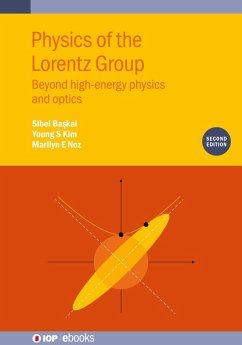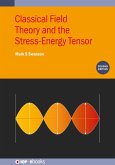This book explains the Lorentz group in a language familiar to physicists, namely in terms of two-by-two matrices. While the three-dimensional rotation group is one of the standard mathematical tools in physics, the Lorentz group applicable to the four-dimensional Minkowski space is still very strange to most physicists. However, it plays an essential role in a wide swathe of physics and is becoming the essential language for modern and rapidly developing fields. The first edition was primarily based on applications in high-energy physics developed during the latter half of the 20th Century, and the application of the same set of mathematical tools to optical sciences. In this new edition, the authors have added five new chapters to deal with emerging new problems in physics, such as quantum optics, information theory, and fundamental issues in physics including the question of whether quantum mechanics and special relativity are consistent with each other, or whether these two disciplines can be derived from the same set of equations.
Key features
Key features
- Mathematical tools for all branches of physics
- Mathematics expressed in a language for physicists
- Focus on applications across physics disciplines
- Significantly extended new edition to include applications in modern areas of research
Dieser Download kann aus rechtlichen Gründen nur mit Rechnungsadresse in A, D ausgeliefert werden.









